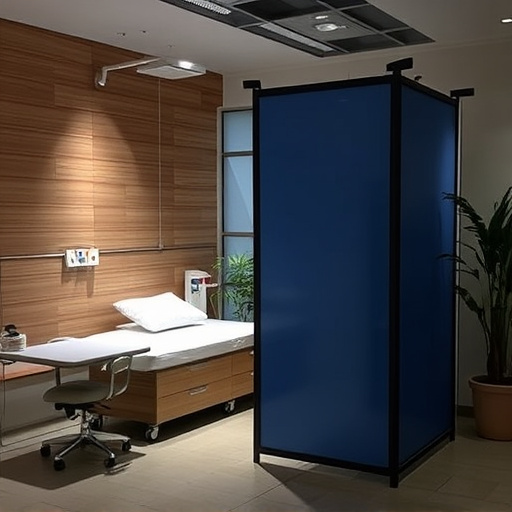Sound level increase measurement is vital for evaluating and optimizing cold air intake (CAI) systems in vehicles, aiming to balance engine performance and noise pollution. Through advanced engineering techniques, CAI modifications enhance the natural intake noise, creating a deeper, richer sound without compromising safety standards or exceeding legal decibel limits. This process involves precise data capture and adjustments at various engine speeds, ensuring enthusiasts achieve their desired athletic roar while fostering environmental responsibility.
“Unleash the power of sound with an in-depth look at Cold Air Intake (CAI) sound effects enhancement. This article guides you through the fundamentals of measuring and optimizing sound levels, offering a comprehensive understanding of CAI’s impact on vehicle performance.
From basic principles to practical applications, we’ll explore how these modifications enhance not just noise, but overall driving experience. Discover the science behind sound level increases and learn effective strategies for tuning your vehicle’s audio profile.”
- Understanding Sound Level Increase Measurement: The Basics
- Cold Air Intake Sound Effects Enhancement: How It Works
- Measuring and Optimizing Sound Levels for Better Performance
Understanding Sound Level Increase Measurement: The Basics

Sound level increase measurement is a critical process that involves gauging and quantifying the rise in sound pressure within a given environment, often focusing on specific areas like vehicles with cold air intake systems. This technique is essential for understanding the impact of various modifications on noise output, ensuring compliance with environmental standards, and enhancing overall auditory experiences.
In the context of cold air intake (CAI) systems, which are popular in automotive tuning, sound effects enhancement is a key consideration. CAIs are designed to improve engine performance by drawing in cooler, denser air, but they can also result in noticeable sound level increases. Accurate measurement helps identify these increments, enabling manufacturers and enthusiasts to fine-tune designs for optimal performance without exceeding regulatory noise limits. This balance ensures that vehicles not only deliver impressive power but also maintain acceptable levels of sonority, contributing to both safety and the overall driving experience.
Cold Air Intake Sound Effects Enhancement: How It Works

Cold Air Intake Sound Effects Enhancement is a process that optimizes the noise produced by an engine’s cold air intake system. It leverages advanced engineering techniques to amplify the natural sound of the intake, creating a distinctive and enjoyable auditory experience without compromising performance. This enhancement works by meticulously tailoring the air flow through the intake, ensuring a seamless blend of powerful suction and resonant frequencies that result in a deeper, richer sound.
The process typically involves modifying key components within the cold air intake system, such as the air box, intake tube, and filter. Engineers use materials and designs that facilitate optimal airflow while enhancing acoustic waves. By precisely adjusting these elements, the enhancement system captures and amplifies specific sound frequencies, transforming the engine’s quiet hum into a vibrant, athletic roar that resonates with car enthusiasts.
Measuring and Optimizing Sound Levels for Better Performance

Measuring and optimizing sound levels is an often-overlooked aspect of performance tuning, especially in vehicles with modifications like cold air intake systems. While these upgrades can significantly enhance engine sound and overall driving experience, they can also lead to excessive noise levels that may cause disturbance or even legal issues. That’s where sound level measurement comes into play. Using specialized equipment, you can accurately gauge the decibel (dB) output of your vehicle’s exhaust system, identifying any deviations from optimal performance.
For instance, a cold air intake designed for sound effects enhancement should strike a balance between dramatic intake noise and legal compliance. By measuring the sound level at various engine speeds, enthusiasts can fine-tune their setups to achieve the desired depth without exceeding regulatory limits. This process involves capturing data at different RPMs, pinpointing peak decibel levels, and making adjustments accordingly. Optimizing sound levels not only ensures a harmonious driving experience but also contributes to environmental considerations by minimizing noise pollution.
Sound level increase measurement is a crucial aspect of automotive tuning, especially when enhancing performance through modifications like cold air intake systems. By understanding the basics and optimizing sound levels, car enthusiasts can achieve better engine performance while maintaining safe operating conditions. The article has explored these concepts, highlighting how cold air intake sound effects enhancement contributes to overall vehicle refinement. Remember that precise measurement and adjustments are key to unlocking optimal performance without compromising safety or exceeding legal limits.














